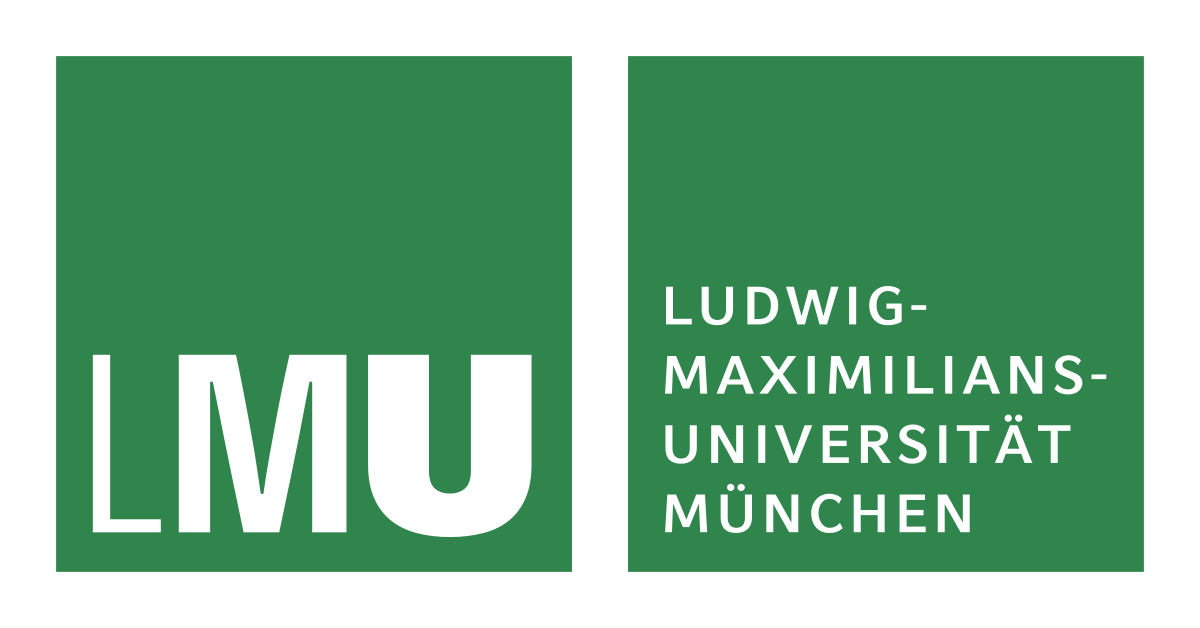LMU: Professional sport: better injury prevention through radial extracorporeal shockwave therapy
Injuries are always inconvenient, especially in elite sport. And soccer is no exception. Around 30 percent of soccer injuries are muscle injuries, which can lead to long lay-offs. One treatment method that is increasingly attracting the interest of medical professionals is radial extracorporeal shockwave therapy (rESWT). Originally conceived for the treatment of tendinitis, it has also been used for some years now to treat acute muscle injuries such as contusions, strains, or even structural injuries like muscle tears. Professor Christoph Schmitz and James Morgan, Head of Physiotherapy, Rehabilitation, and Prevention at St. Pauli soccer club and visiting fellow at LMU, have carried out a retrospective analysis of rESWT as used to treat acute muscle injuries in elite sport. For this purpose, they investigated the success of this treatment method by means of a retrospective analysis of its application at one soccer club in one season. The name of the club, which comes from either the first or the second division of the German Bundesliga, and of its players have been kept anonymous.
When professional soccer players get injured, they receive multi-stage treatment. The watchword here is “multimodal,” as soccer clubs do not rely on just one methodology, but combine various approaches. In addition to cryotherapy – that is, treatment using extremely cold temperatures – the clubs also employ manual therapies to get patients back in action as soon as possible. After all, this is what counts in professional sport: rapid rehabilitation to get players back on the pitch and into the next match. At the same time, it is vital that the player does not suffer any setbacks. This is where rESWT comes into its own, as it is used in addition to other treatments and can significantly shorten player absences: “Depending on the type of injury, lay-offs were shortened by up to 50 percent in our observations,” explains the physiotherapist Morgan. This applied particularly to contusions and strains. Structural injuries generally needed a bit more time, but even here there was a 20-percent reduction in the average lay-off.
Extracorporeal shockwaves are single acoustic pulses that pass through soft tissue such as skin and fat almost without energy loss. They are stopped only at the surface of muscle, where they activate the cell receptors located there. In medicine, this is called mechanotransduction. Repeated treatment with shockwaves stimulates the blood supply at a microscopic level. This results in the formation of new capillaries, the smallest blood vessels in humans.
In the tendon sheaths and fasciae, a fluid is responsible for keeping the tendons lubricated. To this end, the molecule lubricin binds to water. This molecule is produced by the body only when the person moves. Through shockwave therapy, production can be stimulated, which makes a decisive contribution to injury prevention.
“In the medical field, extracorporeal shockwaves were initially used above all for removing kidney stones,” explains Professor Schmitz. This was until researchers at LMU and other institutions discovered by chance that the shockwaves were able not only to remove the stones, but also to positively stimulate the bones or muscles behind them and even to relieve pain. For some ten years now, LMU has been an international pioneer in the application of rESWT to treat muscle injuries.
Prevention
In the retrospective analysis of shockwave treatment on players, the researchers made a valuable discovery. As Professor Christoph Schmitz explains, the therapy also achieved outstanding results in so-called secondary prophylaxis; that is to say, the treatment of existing muscle injuries. “This was the really exciting bit of the study,” says Schmitz. “We discovered that players with light muscle injuries did not pick up any further heavy muscle injuries in the course of the season when they were consistently treated with rESWT.”
Players undergo rESWT treatment every second day at least. “The therapy can be individually adapted,” reports Morgan. “The goal is to go as close to the pain barrier as possible, because that’s when it’s at its most effective.” The therapy is extremely beneficial in the case of initial contusions or muscle stiffness, he adds, in order to prevent worse injuries such as muscle tears.
“Incidentally, rESWT is not just used in professional soccer,” explains Schmitz. Other professional sports also regularly use this form of therapy. “In 2012, I was at the Olympic Games in London, where I treated athletes with shock waves,” recalls Schmitz. And the therapy was also used at this year’s Winter Olympics in China: “Just recently, I underwent rESWT therapy, which quickly and successfully cleared up my muscle injury,” says bobsleigh pilot Melanie Hasler, who represented Switzerland at the Olympic Games in Beijing. “If not for this therapy, I wouldn’t have been able to take part in the rest of the Bobsleigh World Cup this season.” Chief physio for the Swiss bobsleigh team, Felix Zimmermann is also a member of the international team of experts led by Professor Schmitz for the use of rESWT to treat injuries and diseases of the musculoskeletal system.

